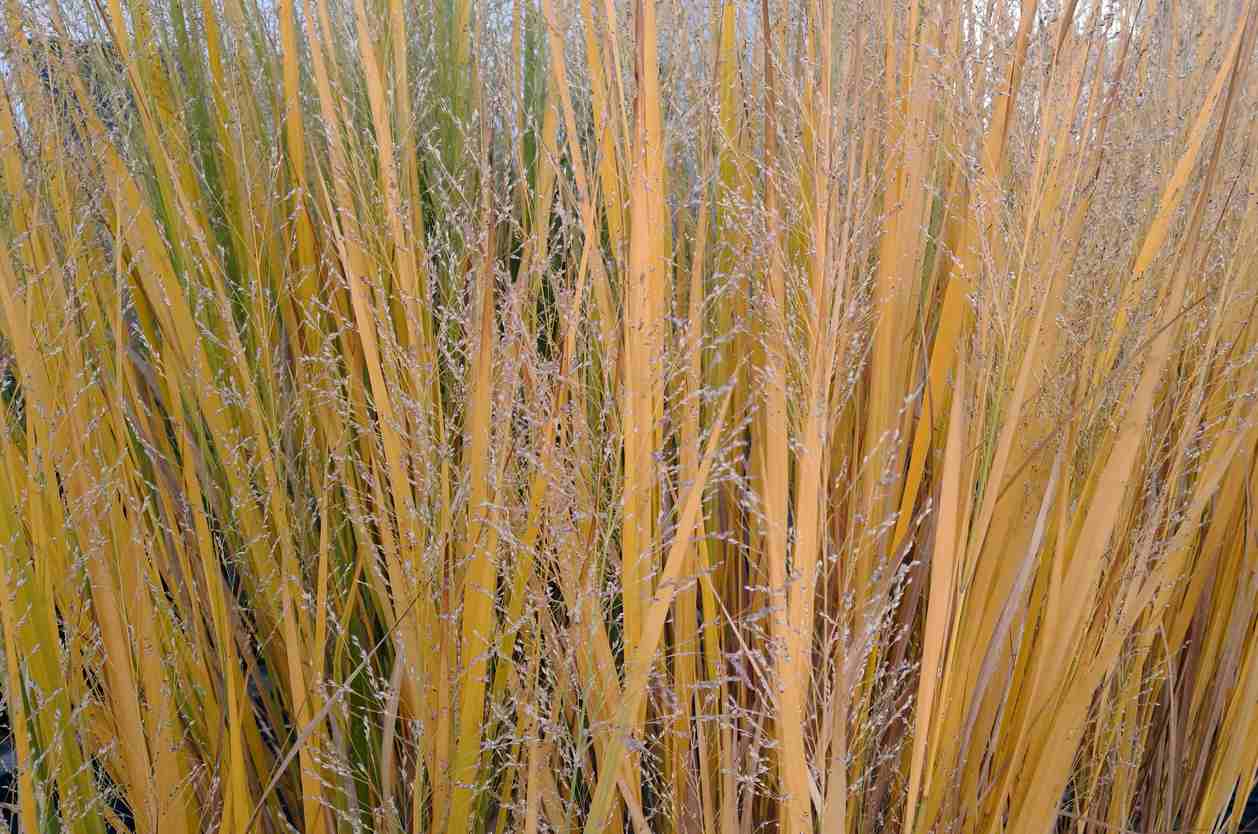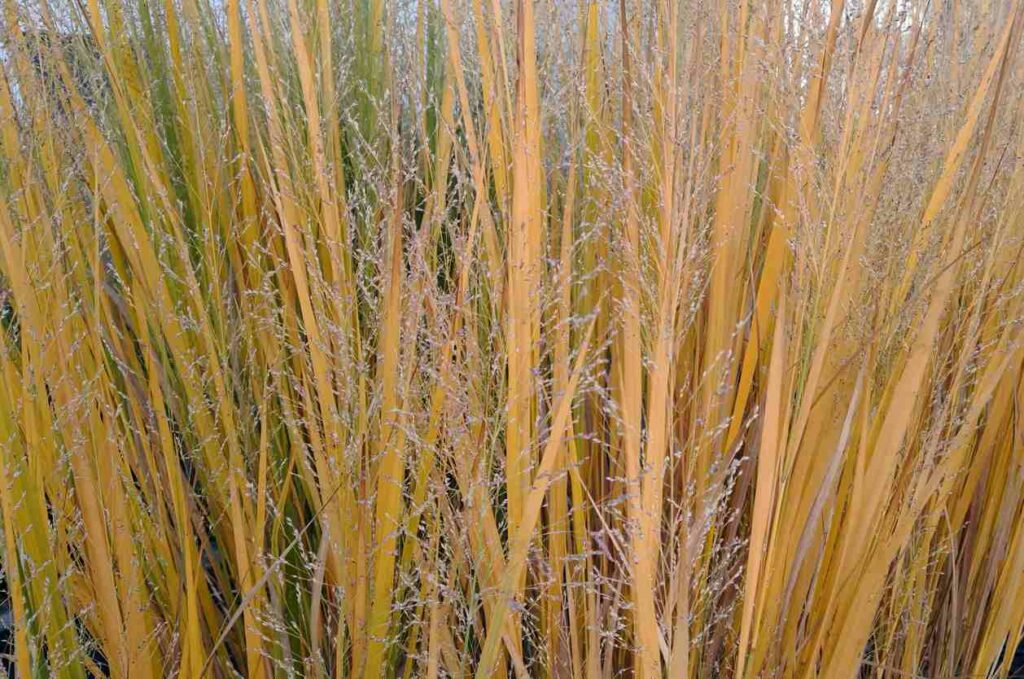Growing Switchgrass – How To Plant And Care For Switchgrass
Contrary to what you might have heard, switchgrass is an ornamental grass that you can grow in your garden with surprisingly delightful results. Far from being an invasive plant or just another weed, switchgrass has design and landscaping values that make it a worthy addition to every garden.
That said, there’s more to switchgrass than just its pretty blooms. As we’ll see later, the benefits and practical uses of this grass make it a highly valued plant both in the garden as well as in the prairies. So how do you grow and manage this prairie grass in your garden? This article guides you through planting and maintaining switchgrass.
All about Ornamental Switchgrass
A native of the tallgrass prairies of North America, switchgrass (Panicum virgatum) grows east of Rocky Mountains from Mexico in the south all the way north to Canada. It’s a warm grass that starts growing in the spring as soon as the weather improves and continuous its vigorous growth throughout the summer and fall.
Depending on the purpose you grow switchgrass, you’ll need to manage it well since it tends to spread out and claim all available space in your garden or yard. In the garden, it’s recommended that you grow it in a container to have better control over its shape and size. If you’re growing it on a slope or a hillside as a ground cover then you won’t have to worry about managing its fast growth rate.
The average switchgrass clump reaches anything between 3 to 6 feet in the right conditions. The leaves grow out of scruffy-looking rhizomes and each blade averages about 35 inches high. In the late spring, purple flowers grow on top of a pyramid-shaped panicle, and after pollination pods of seeds replace the fading flowers.
Switchgrass Varieties
Despite being a deep-rooted and hardy prairie grass, switchgrass doesn’t do well outside of its original hardiness zone. Experts recommend that you choose the right variety that grows in your zone or at most one zone away. You also need to factor in the average difference between summer and winter temperatures and day length when selecting a variety. Here are the main switchgrass varieties which should not be confused for musical bands and genres.
- Heavy Metal: A switchgrass variety that lives up to its name. The blades are often metallic blue and the dense clump grows upright and reaches between 3 to 5 feet.
- Dallas Blues: A hardy variety with blue-green leaves about one inch wide. The grass itself averages 5 feet at full maturity in the right conditions. The grass goes dormant in the fall and turns brown.
- Northwind: The leaves of this variety have a tubular shape and vary in color from deep green to olive green. It averages 5 feet and when it goes dormant in the fall, the leaves turn beige or yellow.
- Shenandoah: A compact variety more suitable for garden planting. It doesn’t grow an inch over 3 feet with very colorful leaves that have a different shade for every season. In the spring, the blades are bluish-green. But as the temperature rises in the summer, the leaves turn into deep burgundy.
- Prairie Fire: Another ornamental variety that grows to 4 feet. The leaves turn from blue-green to wine red in the summer.
If you’re planning to grow switchgrass in the garden as an ornamental plant, I recommend either Prairie Fire or Shenandoah. Their compact size and decorative leaves make them ideal for any landscape.
Uses of Switchgrass
Long before gardeners and horticulturalists discovered the exquisite beauty of ornamental switchgrass, this perennial has been growing naturally across the length and breadth of the United States. As a versatile and energy-packed grass, it has had many uses and benefits in several industries.
- Erosion Control: If you worry about landslides especially after heavy rainfall, you can grow this hardy perennial on hillsides and slopes to protect against such natural hazards. Switchgrass is the go-to land stabilizers on sand dunes and dikes.
- Biofuel: Believe it or not, this hardy grass is currently being researched as a source of renewable energy. Pretty soon we might have it fueling our vehicles.
- Livestock: But whether it will become a biomass energy source or not, livestock has been feeding on switchgrass for thousands of years. The succulent blades are nutritious and tender and its fast-growth rates make it ideal for meadows and grasslands.
- Wildlife: The tall grass also serves as a safe place for wildlife to hide and build their nests. Pheasants, quails, and doves have always favored this prairie grass as nesting grounds not to mention that the seeds are a good source of food for all kinds of birds.
How to Grow Switchgrass
Since we’re talking about growing switchgrass as an ornamental plant and for reasons related to this perennial’s fast growth rates, we recommend that you grow it in a container. Growing switchgrass in the garden can be a little risky especially for less competitive plants. Here’s how to plant switchgrass in a container in easy steps.
- Make sure you get your seeds from reliable sources and that the seeds are clean.
- Put the seeds in a glass of cold water and keep them overnight prior to planting them.
- Select a shallow plastic container with plenty of drainage holes at the bottom.
- Fill the container with loamy soil leaving about two inches from the edge.
- The best time to start switchgrass from seeds is in the spring when the soil temperature is above 50 degrees F.
- Take seeds out of the water and leave them on a paper towel to dry.
- Dig a hole in the soil about a half-inch deep for every seed and plant the seed in it.
- Space the seeds about a couple of inches apart. You’ll thin them out later. The more seeds you sow the higher the germination chances.
- Cover the seeds with a thin layer of soil but don’t pack it.
- Water the soil and keep it moist until the seeds germinate.
- When the seeds are about 4 inches tall, thin them out and only keep the healthy seedlings.
- Keep watering the plants. After a couple of weeks, you can transplant each seedling to its own container.
Switchgrass Care
As an easy to grow perennial, switchgrass doesn’t require much care. You’ll need to pay attention to weeds and pests and diseases. But other than that, the hardy grass is happy with nothing but little watering every now and then.
Soil
While it grows well in just about any type of soil you can think of, switchgrass has a preference for loamy soil. Since you’re growing it in a container, make sure you add one-third of perlite or coarse sand to the soil. Dense soil especially clay makes it hard for the shallow root system of the grass to spread out and grow.
Water
In the first few months of the grass’s life, you’ll need to provide it with water regularly. The rule of thumb is to wait for the top one inch of the soil to dry out before you water it. Aim for the roots and avoid sprinkling water on the leaves to prevent fungal infections. Once the grass establishes its massive root system in the soil, it can handle long bouts of drought without any serious issues. This is good news if you tend to forget to water your plants. Also, keep in mind that plants growing in containers tend to need more water than those growing in the wild. The soil in the container dries out much faster.
Fertilizer
Even though this is first and foremost a grass that grows in the wild, you still need to feed it from time to time to ensure the colorful blades look their best and that the flowers bloom on time. Switchgrass can survive even in poor soil, but it won’t look its best without the necessary nutrients. This is true for all perennials that tend to deplete the soil they grow in as time goes by.
Experts recommend that you use a well-balanced 10-10-10 fertilizer once a year in the spring. If you have access to slow-release organic compost or rabbit manure tea, that would have better results. Organic fertilizer has a mild impact on the roots and will keep feeding the plant for weeks at a time.
Pruning
For the most part, you’d want switchgrass to maintain its natural shape. That means you won’t have much use for your pruning shears around this grass. The only reason you might have to interfere with the plant is when it flowers. Usually, it produces copious amounts of seeds every season. The seeds tend to scatter on the ground and by the next spring, you’ll have the whole garden covered with the grass. To avoid this undesirable event, you should deadhead the flowers before they have a chance to pollinate.
Pests and Diseases
With all its benefits to wildlife and livestock, few insects have developed a taste for the blades of switchgrass. That said, you should watch out for grasshoppers, corn flea beetles, nematodes, crickets, and stem-boring moths. They all feed on the sap in the leaves and make tiny holes in the blades. You can manually remove them or rub the leaves with a swab drenched in rubbing alcohol.
As for diseases, most warm grass varieties are disease resistant. If you live in the southern parts of the country, chances are, you won’t have to worry about serious fungal infections or bacterial diseases infecting your hardy switchgrass.
Switchgrass growing in cold zones is a whole different story, however. Most common diseases include rust, Panicum mosaic virus, barley yellow dwarf virus, spot blotch, and smuts among others. For most of these infections, you’ll have to remove the infected parts or even a whole rhizome depending on the size of the infection. In some cases, you might have to destroy the whole plant and start anew.

